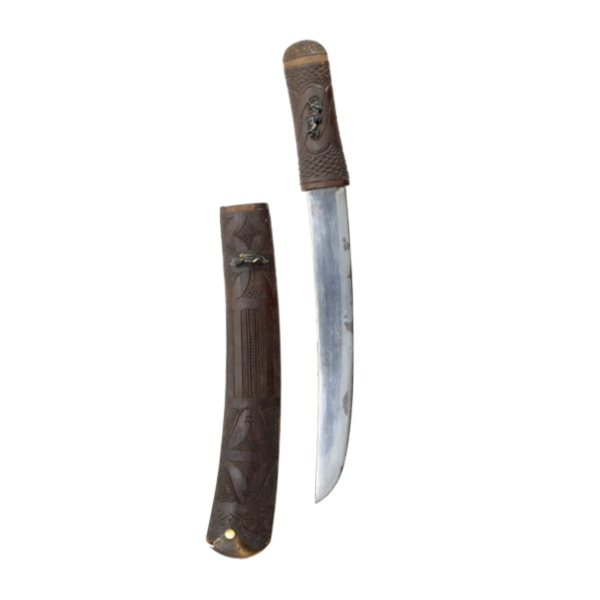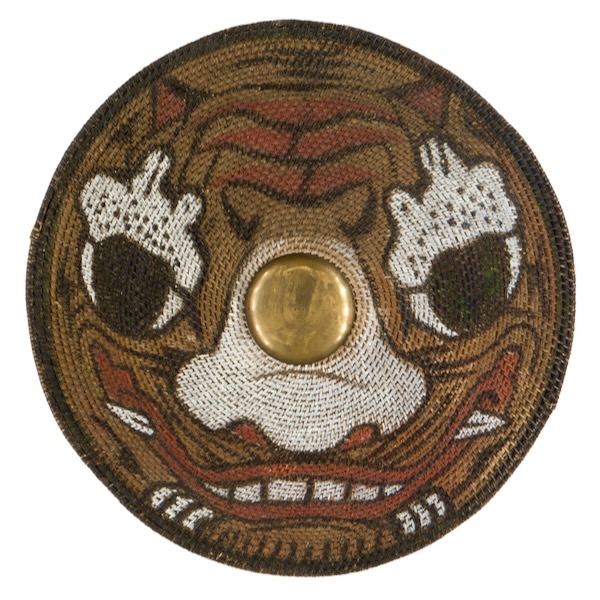
Qing military rattan shield production
Translation of a page from Qing regulations that describes the production of the Qing military rattan shield.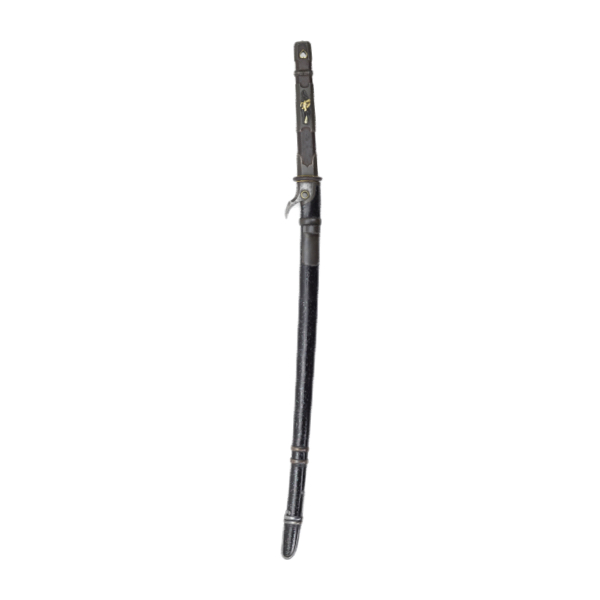
Very good hachiwari
Literally "skull splitter", more widely known as kabutowari; "helmet splitter." An excellent example, one of the best of its type.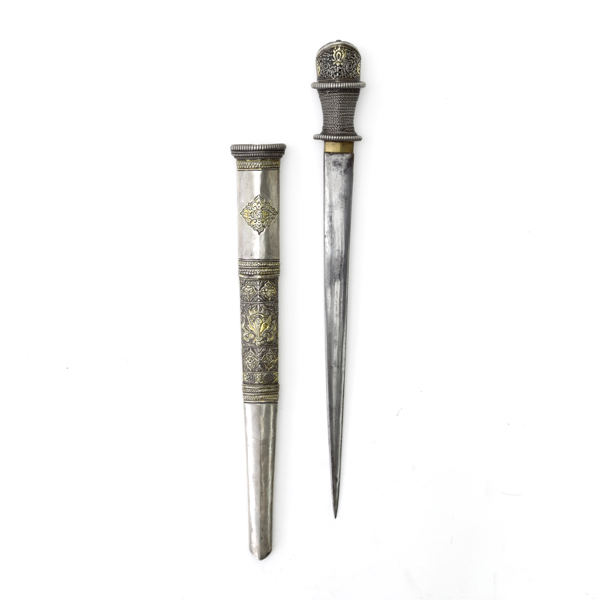
Bhutanese royal style dagger
A small pointy Bhutanese dagger in a silver scabbard of a style associated with the ruling house.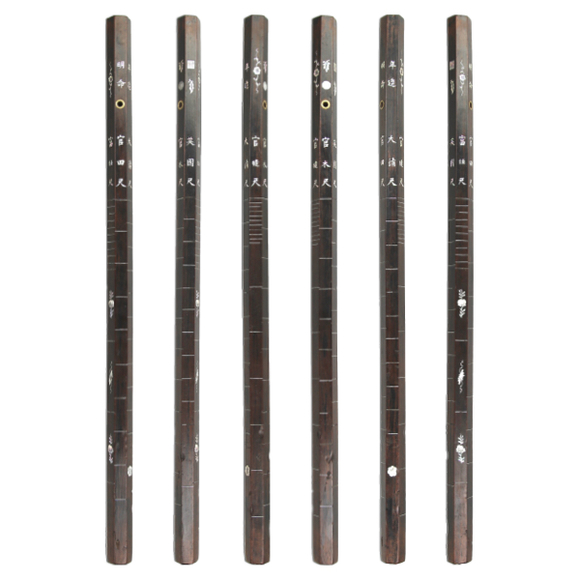
One of my favorite items...
... and it is not even a weapon!
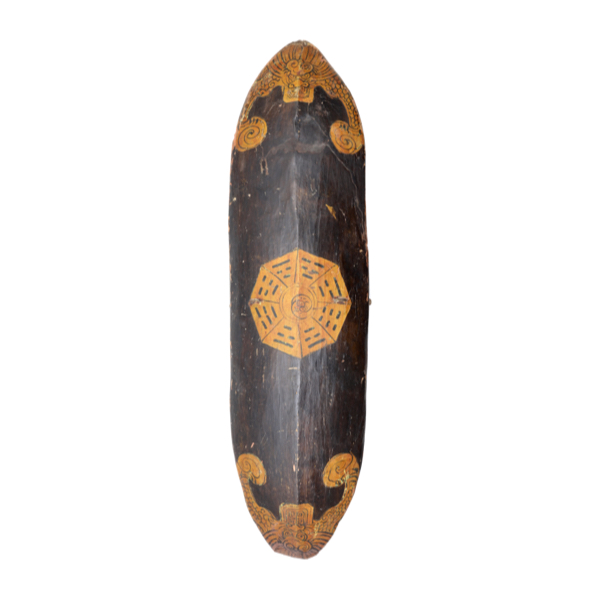
Vietnamese wooden shield
Rare type of rectangular wooden shield from Vietnam.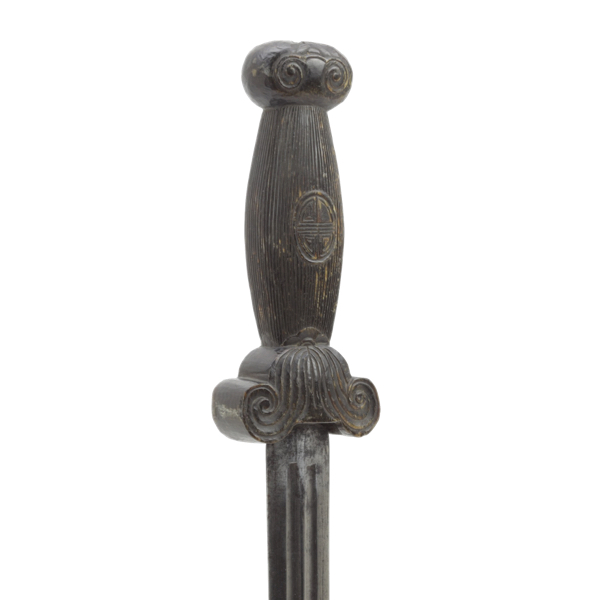
Vietnamese shortsword
A short version of the Vietnamese kiếm sword with a finely carved horn hilt.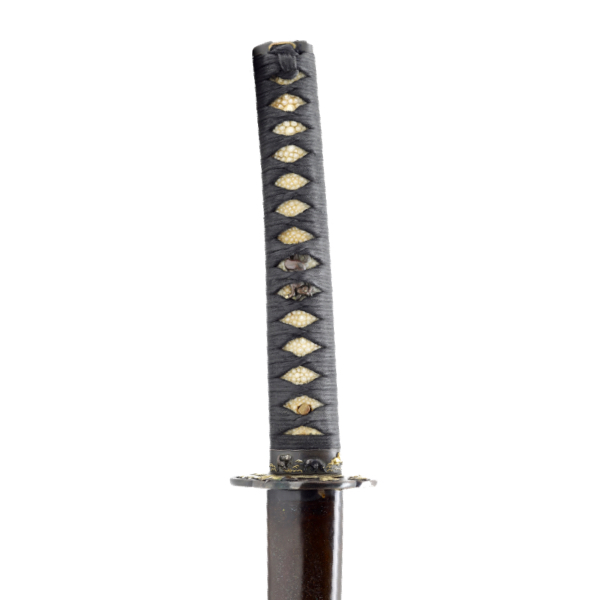
Katana in horse theme koshirae
Blade signed Sesshū-jū Fujiwara Hiroyoshi, active in the 1670s-80s.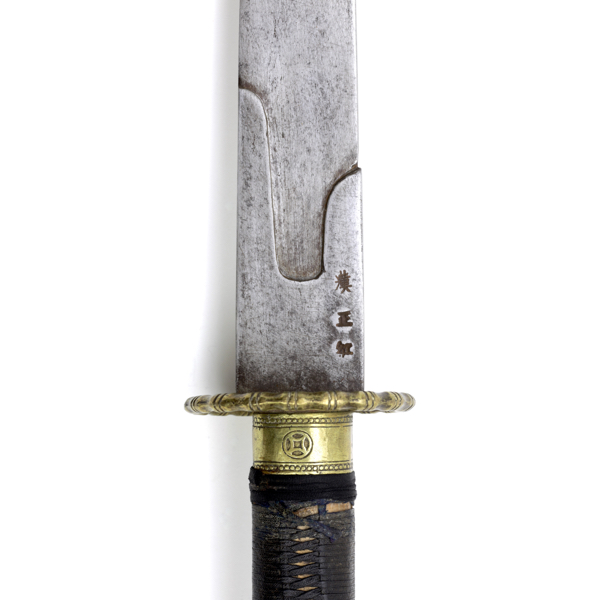
Han Plain Red Banner saber
Southern Chinese saber made for a soldier under the Plain Red Banner.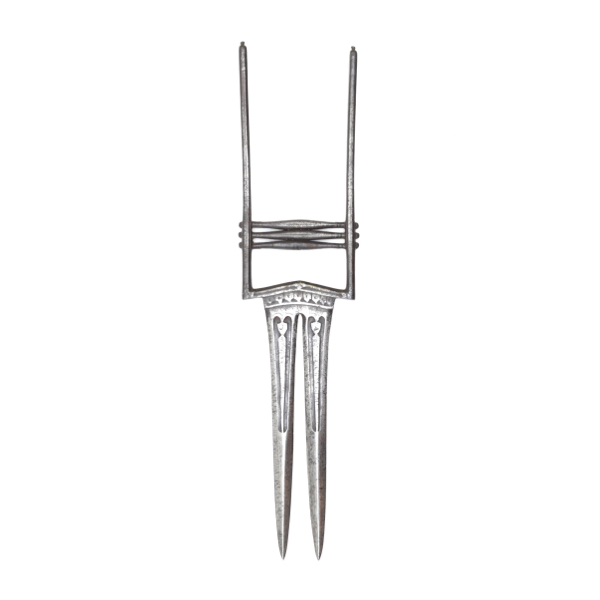
Double bladed katar
Also called jamdhar doulicaneh. Forged from a single piece of steel, complete with scabbard.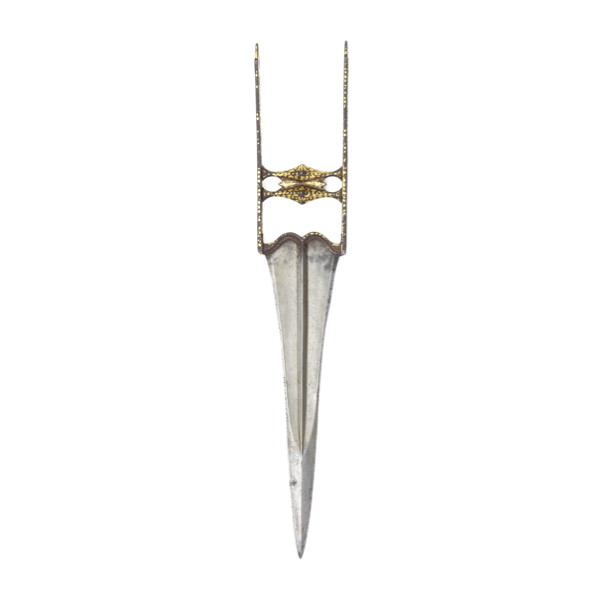
Northern wootz katar
With different types of decor on either side of the hilt.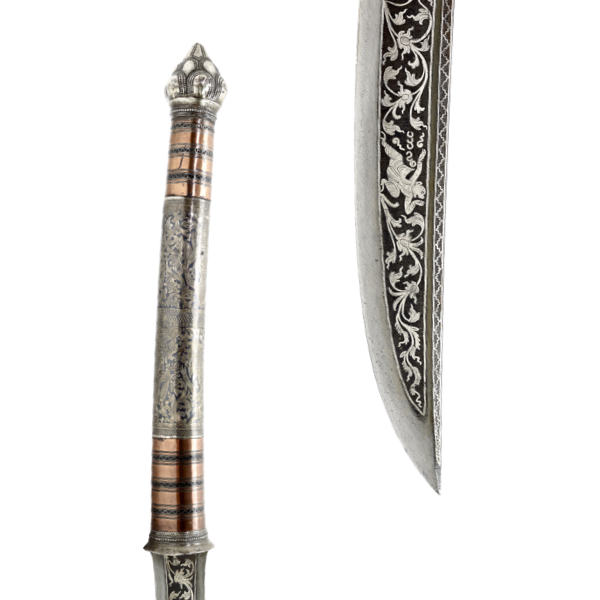
Very fine Mindan dha
Introduction
Fine silver overlaid dha made in Mindan village, south of Mandalay, gained fame in th
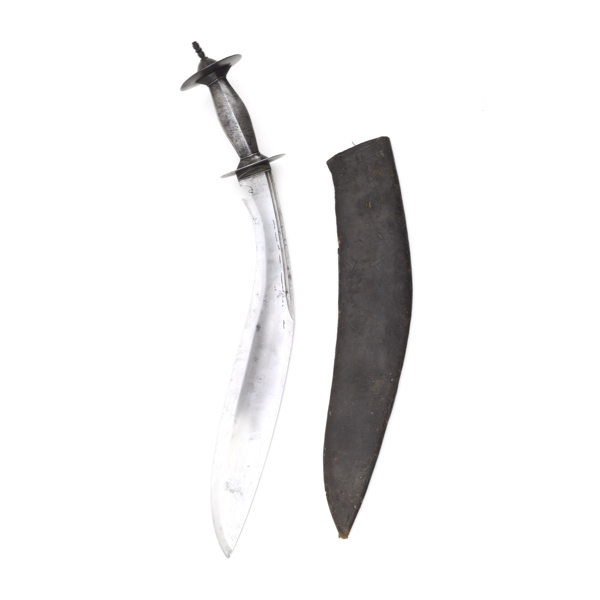
Sword hilted khukurī
A rarer variety with a hilt that takes inspiration from the kora and talwar.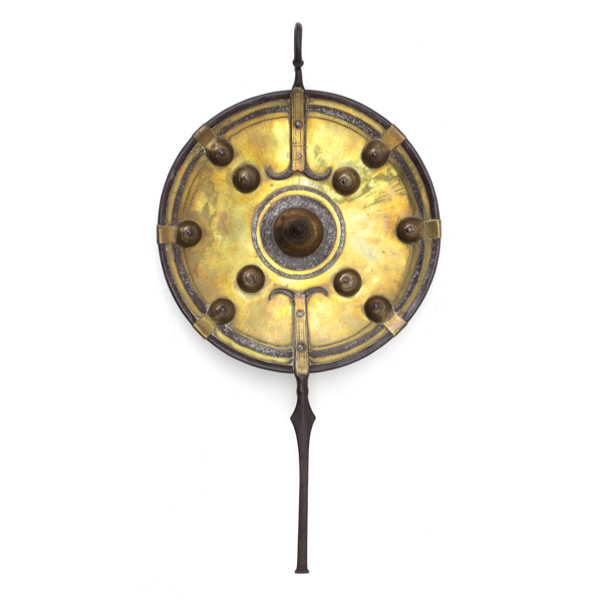
Rare Santali shield
Peculiar shield with catching hook, used by the Santali people of Bengal.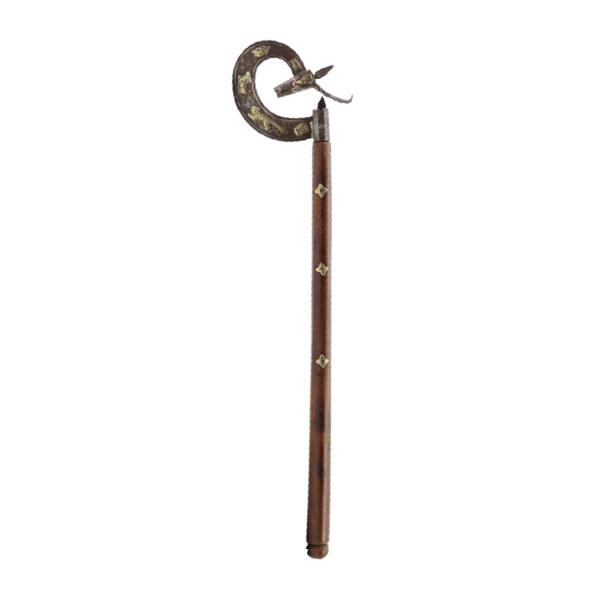
Indian Antelope Axe
An enigmatic type of axe, this one probably from tribal north India.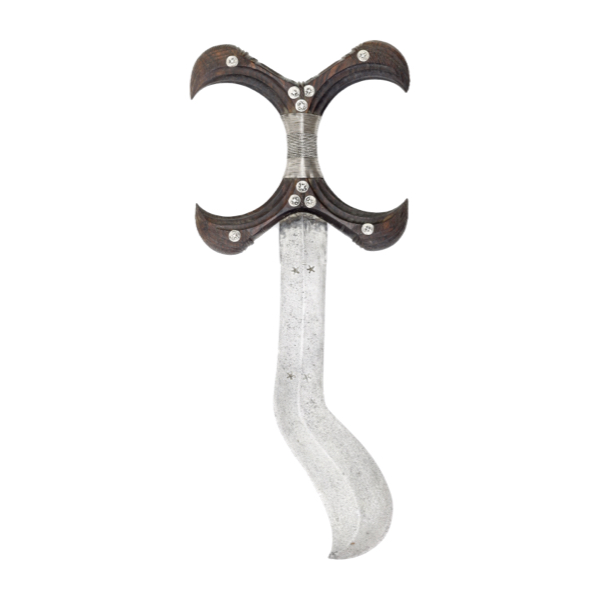
Fine African Bedja dagger
These handsome daggers were worn by the nomadic Hadendoa people, their name has been interpreted as meaning "Lion Clan".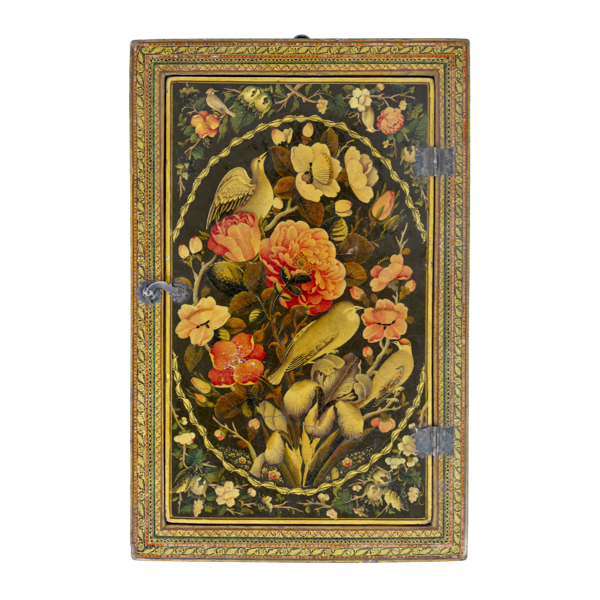
Persian mirror case by Riza Al-Imami
Made of pasteboard, finely lacquered with roses and nightengales.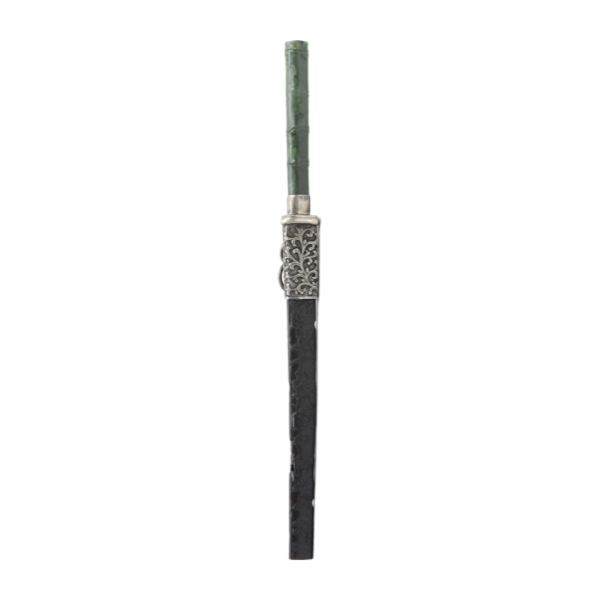
Jade bamboo hilted knife
With spinach green jade handle and carved buffalo horn scabbard.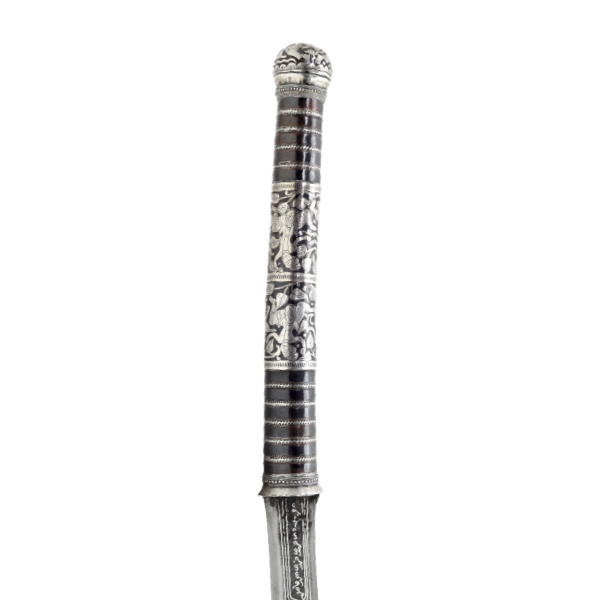
Dha with story of Maung Tin
Of the silver overlaid type made in Mindan, with an unusual story on the blade.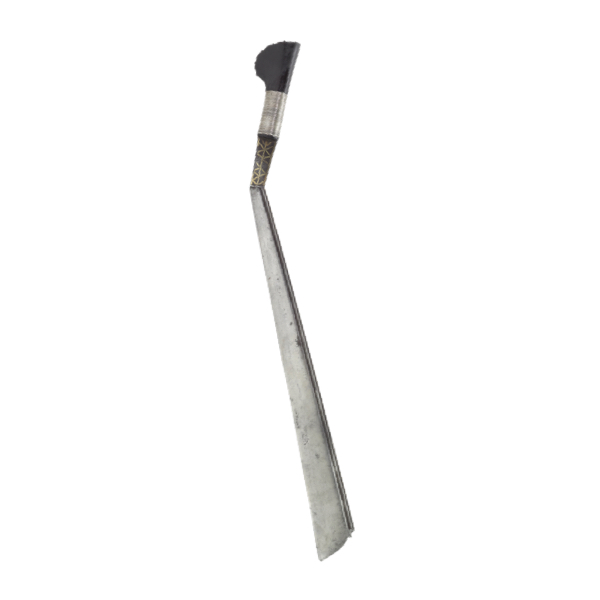
Parang latok
A peculiar land Dayak sword with a sharp bend in the blade.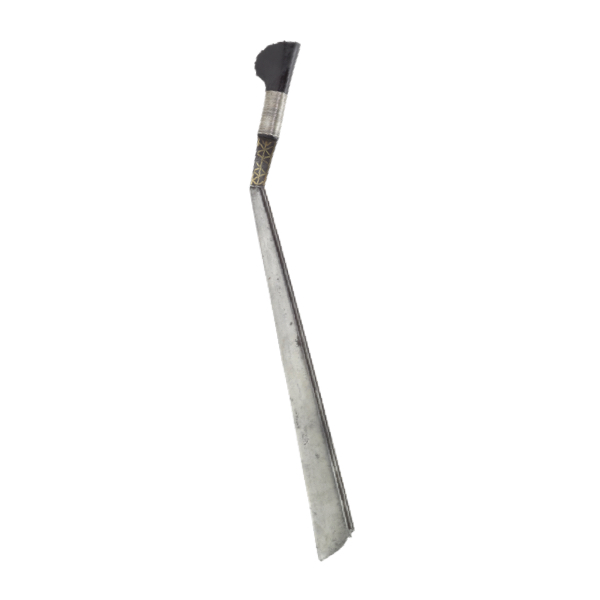
Parang latok
A curious slashing weapon from northern Borneo.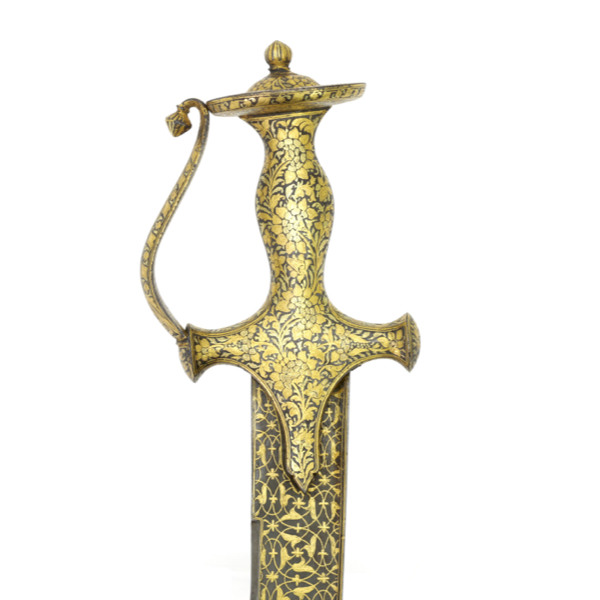
Sosun pattah with twistcore blade
The hilt with overlay of the finest quality of the period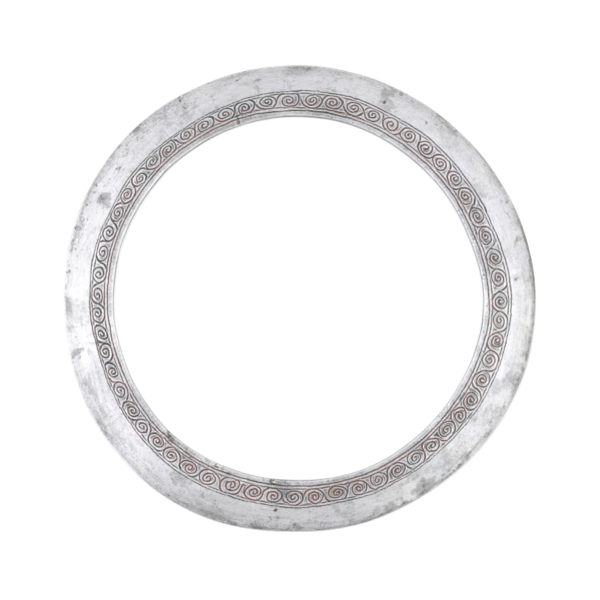
Sikh fighting chakram
A sharp, heavier user. Not the flimsy type usually encountered.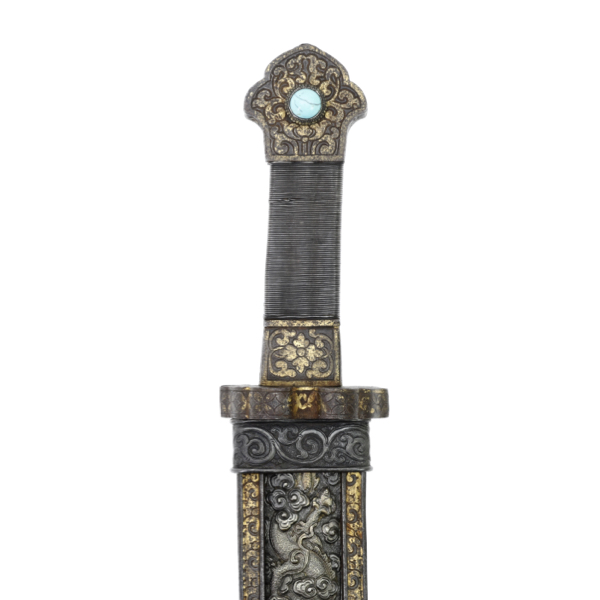
Tibetan cavalry dpa'dam
With massive blade and silk brocade decorated scabbard.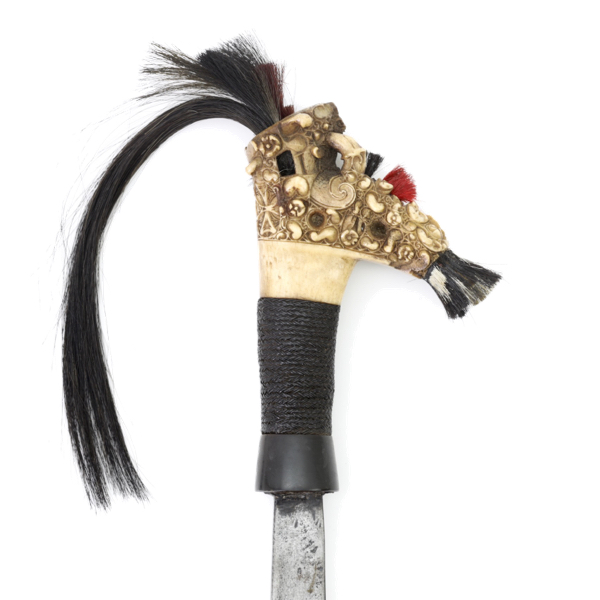
Finely carved mandau
A fine Dayak headhunter sword with an exceptionally carved hilt.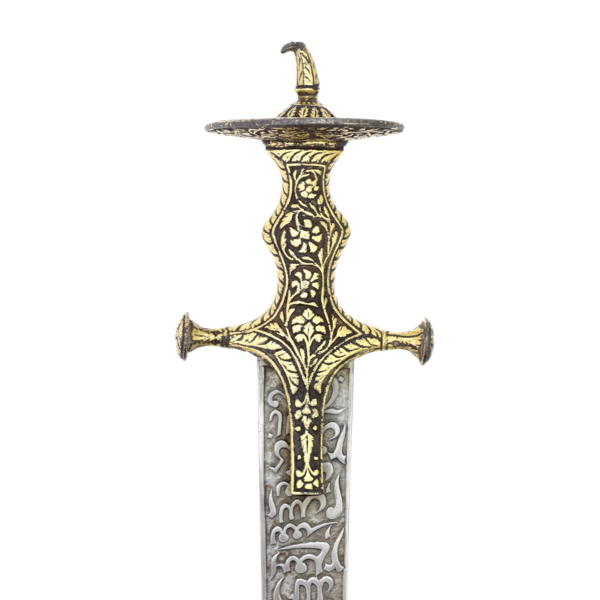
Interesting kirach with dated hilt
Mentioning the son of a Maharajah and a year corresponding to 1887 A.D.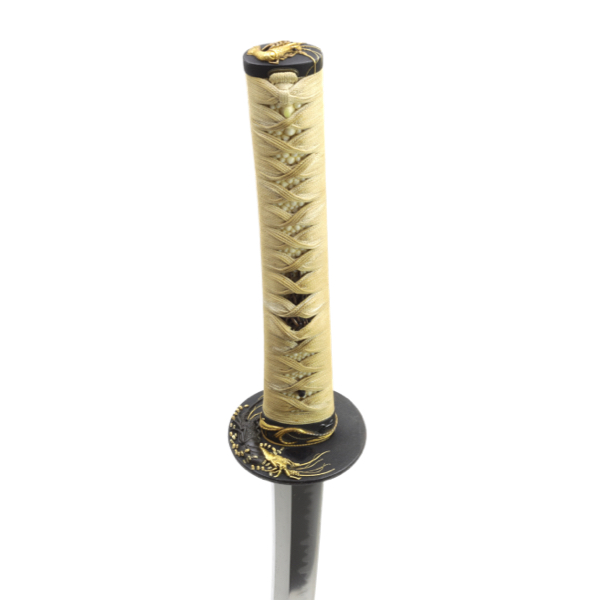
Jumyo katana with fine koshirae
The very detailed mountings are decorated with designs of Japanese spiny lobsters.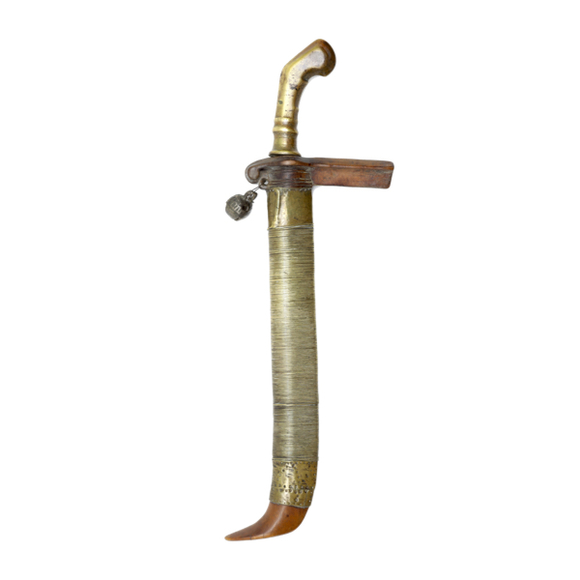
Si euli / Si oli
A type of knife from the North of Nias.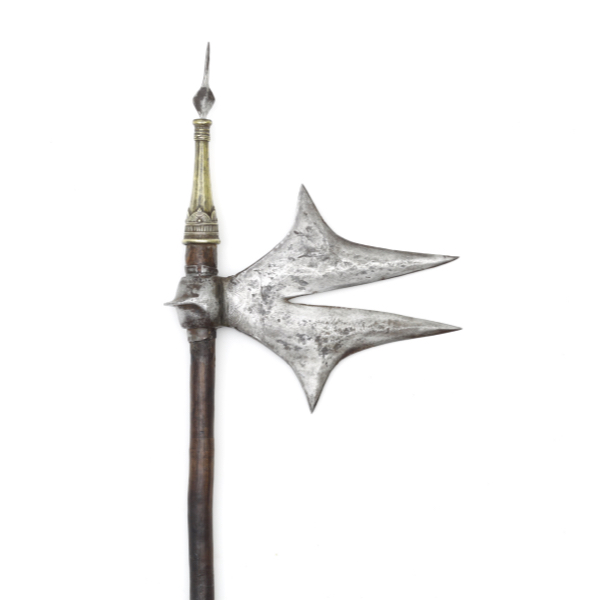
Rare bifurcated Khond axe
Very rare subtype of a Khond tribal axe with double points.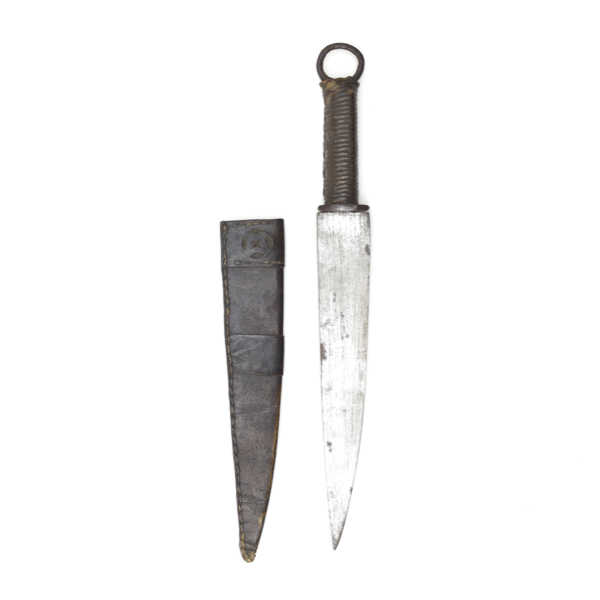
Chinese ring pommeled knife
Of a type used by bandits, brigands, pirates, and the like.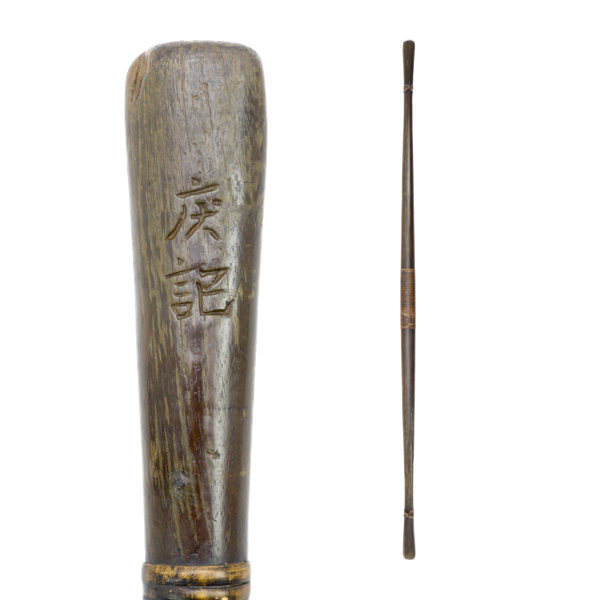
Chinese fighting carrying pole
A heavily executed Chinese carrying pole that was used as a weapon.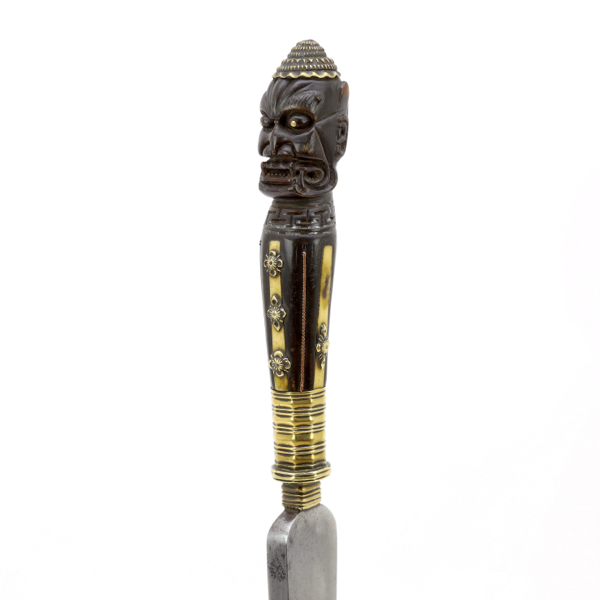
Chinese demon head saber
Based on a Chinese military saber blade, with unusual horn demon hilt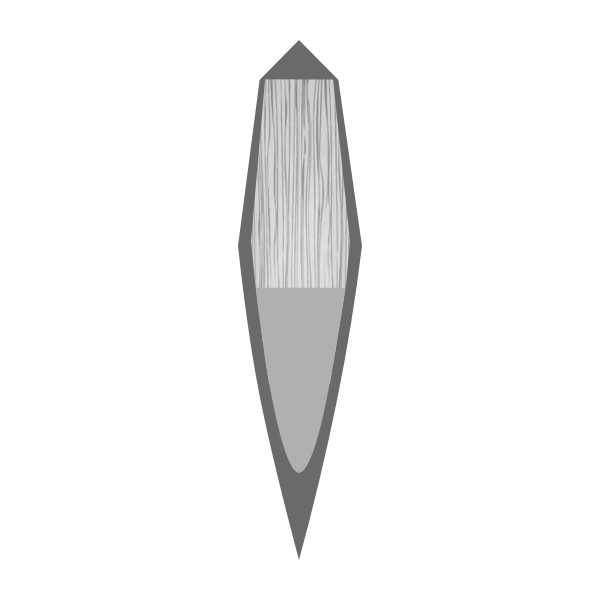
Shin jūgomai kōbuse-gitae (真十五枚甲伏鍛え)
Japanese sword construction that is was found inscribed on some tangs.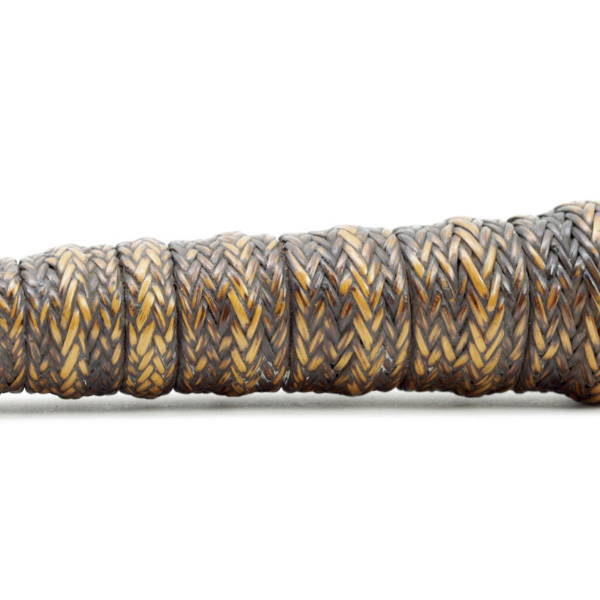
Allūbung
Ifugao word for a woven rattan covering on handles and shafts.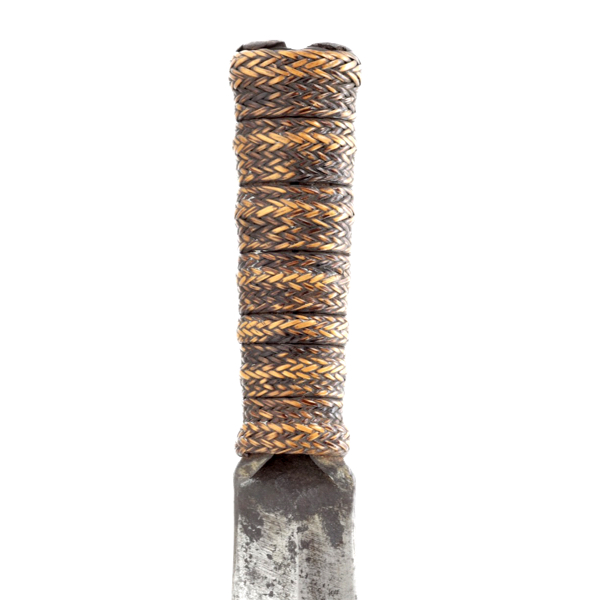
Hālung
Ifugao word for a rolled up tang hilt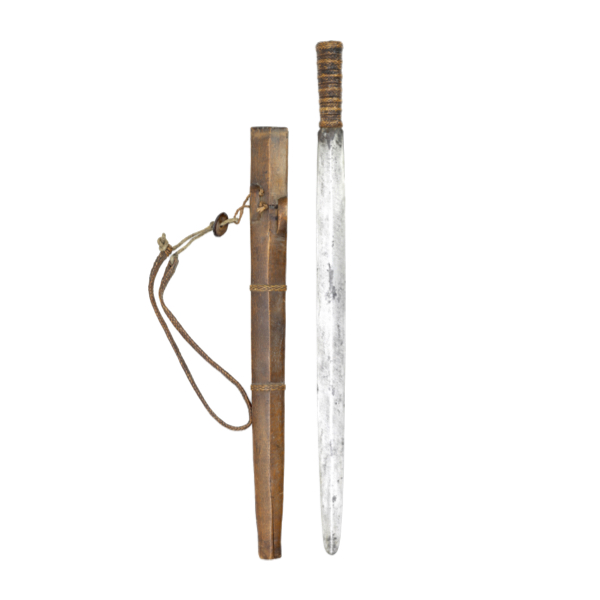
Hinālung
Ifugao word for a double-edged knife or shortsword with a socket hilt.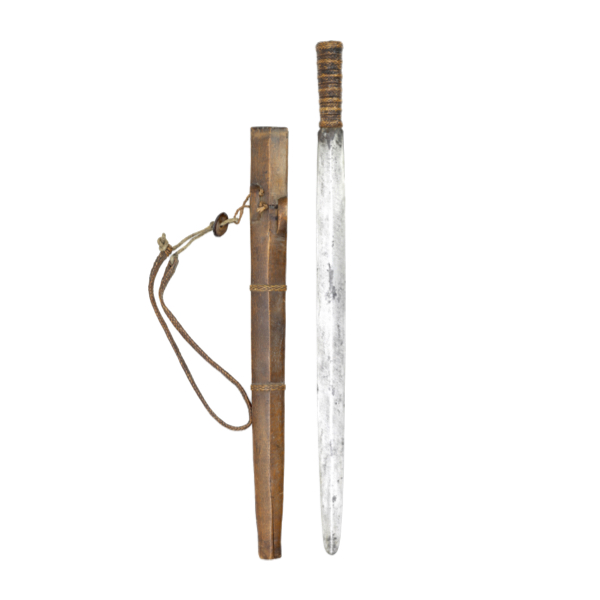
Batad Ifugao hinālung
Rare double-edged shortsword of the Ifugao of northern Luzon.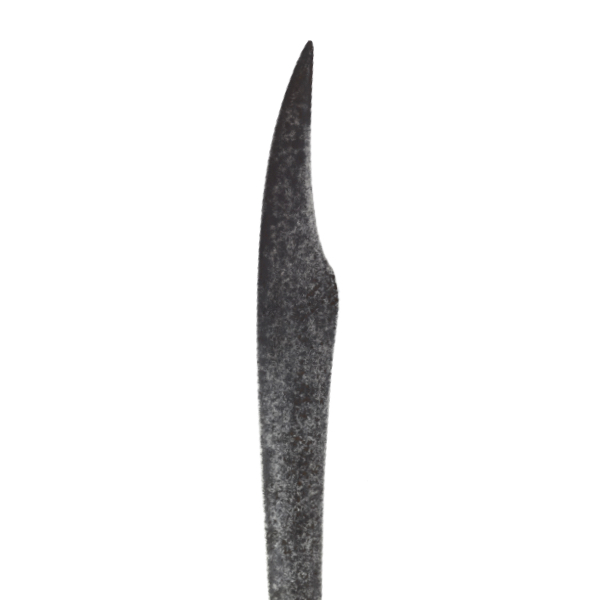
Gari matuwà
South Nias word for a specific type of sword.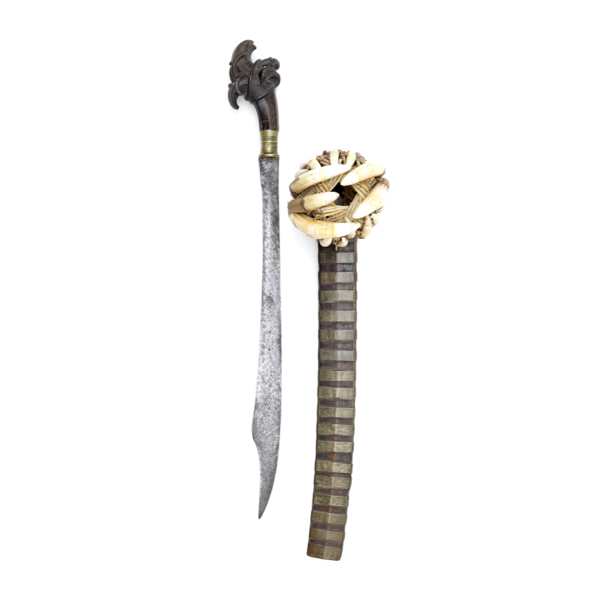
South Nias gari matuwà
A nice belatu with the rarer gari matuwà style blade.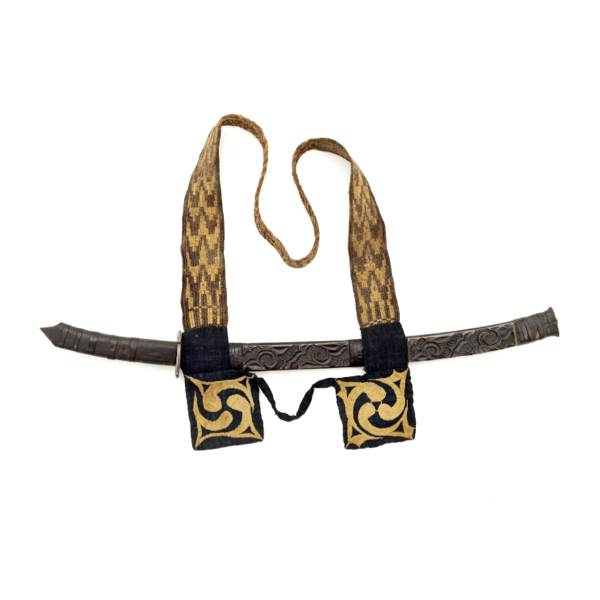
Ainu sword with sash
With deeply carved scabbard, complete with fine guard embroidered sash.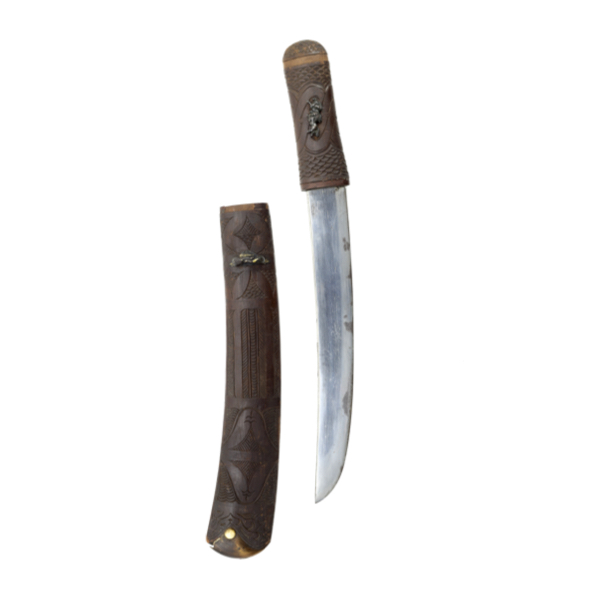
Rare Ainu kuttom-ushbe
A luxury Ainu knife styled after the Japanese tantō.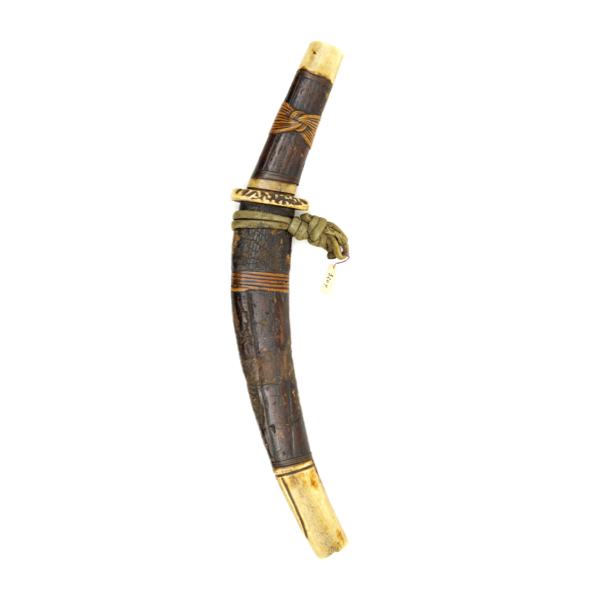
Unusual Ainu knife
Resembling a makiri but with the blade's edge on the opposite side.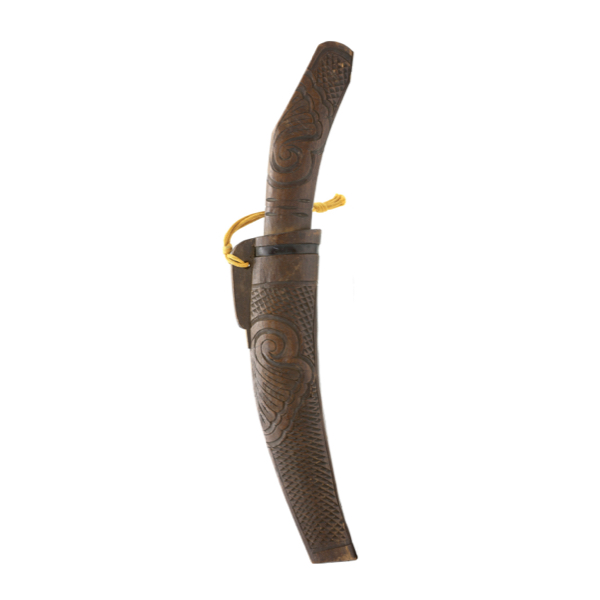
Ainu knife
Of a typical style used in Hokkaido in the 19th century.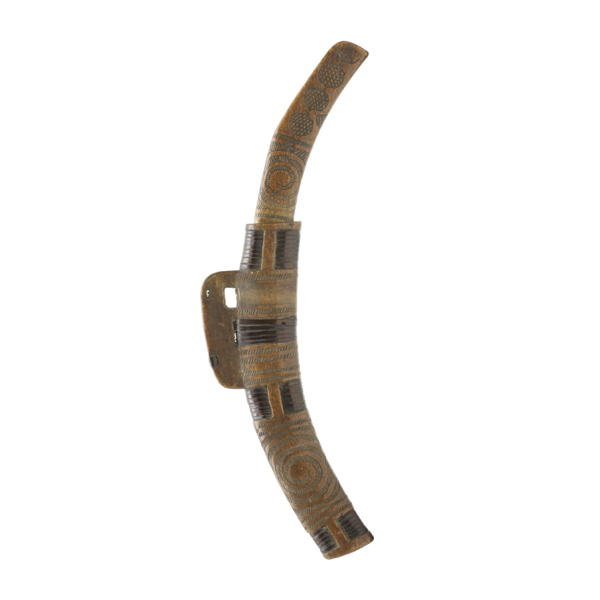
Bark wrapped Ainu makiri
A slender makiri with a bark wrapped scabbard.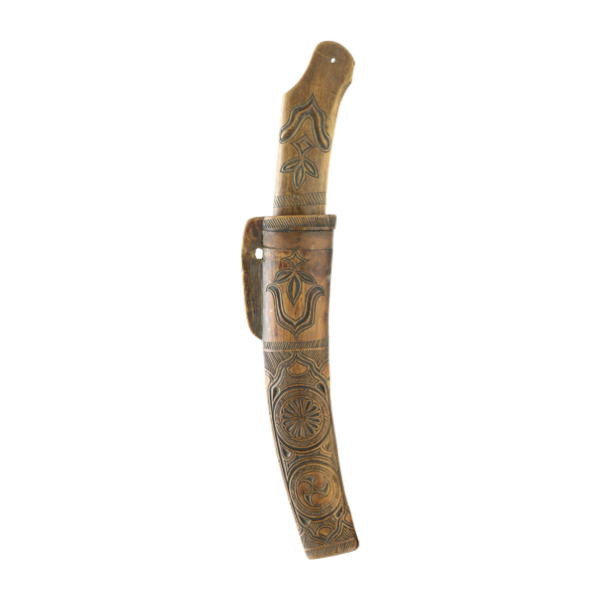
Fine Ainu makiri
An exceptionally well-carved Ainu knife.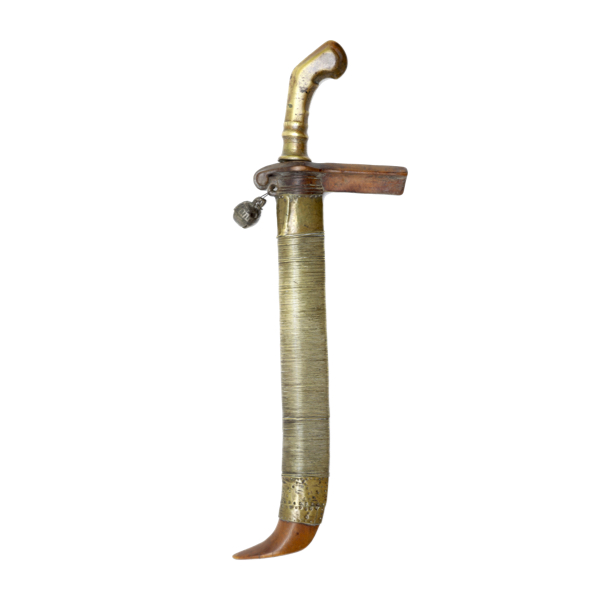
North Nias si euli
A peculiar type of knife worn in the north of Nias.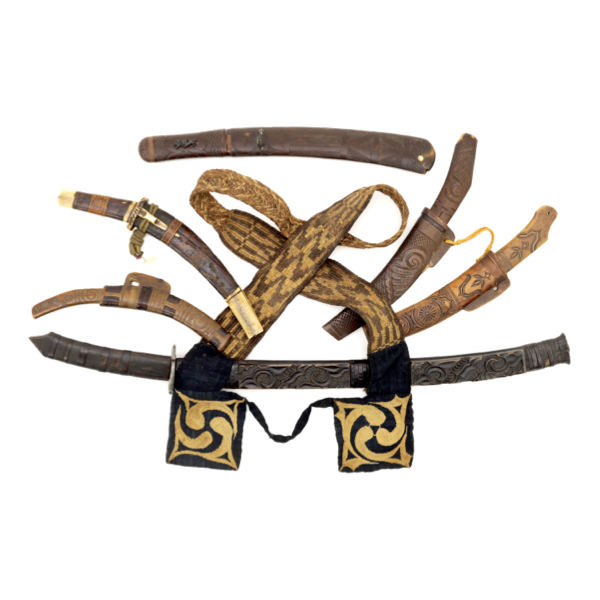
Knives and swords of the Ainu
19th-century ethnographers noticed that they had no iron production and relied solely on trade for articles like knives and swords. However, archaeologists found iron working facilities in 1988 and 1990.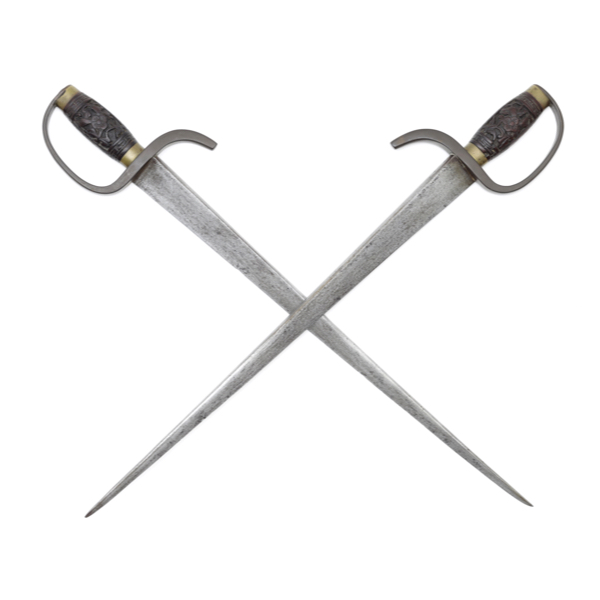
Slender hudiedao pair
A classic example of the narrow military type, with brass guards.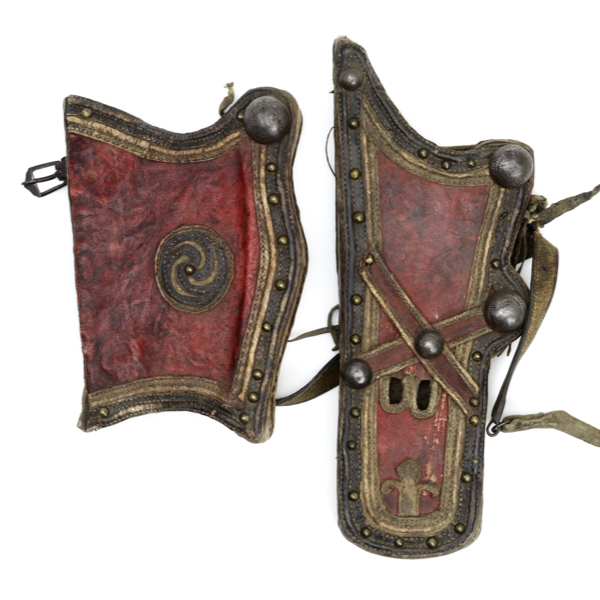
Tibetan bowcase and quiver
Of the 19th century. Ex Stephen Selby collection.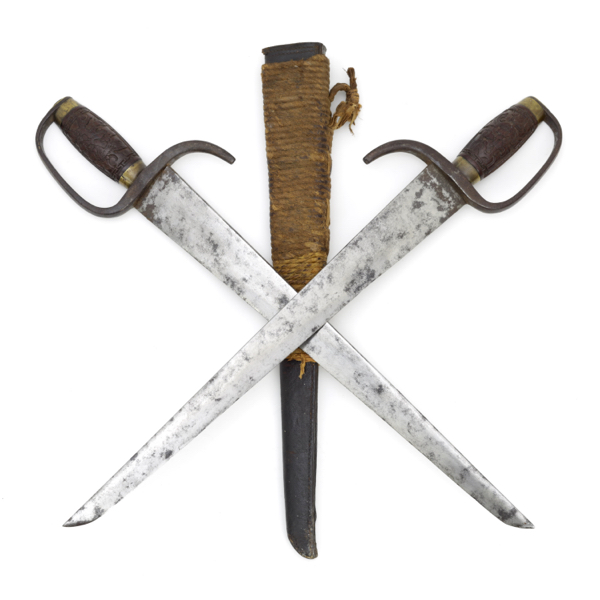
Hudiedao set with scabbard
Classic pair of Southern Chinese butterfly swords.